Optimal Timing for Waterproofing Projects
Proper timing for waterproofing projects can significantly impact their effectiveness and longevity. Understanding seasonal conditions and environmental factors helps determine the optimal window for application, ensuring protection against moisture and water intrusion.
Spring offers moderate temperatures and lower humidity, making it an ideal time for waterproofing installations before the heavy rains.
Summer provides longer daylight hours and warm weather, but high temperatures and humidity can affect curing times of waterproofing materials.
Fall is suitable due to cooler temperatures and reduced rainfall, allowing for effective application before winter.
Winter conditions pose challenges such as freezing temperatures and snow, which can hinder proper application and curing of waterproofing products.

Ways to make Waterproofings work in tight or awkward layouts.

Popular materials for Waterproofings and why they hold up over time.

Simple add-ons that improve Waterproofings without blowing the budget.
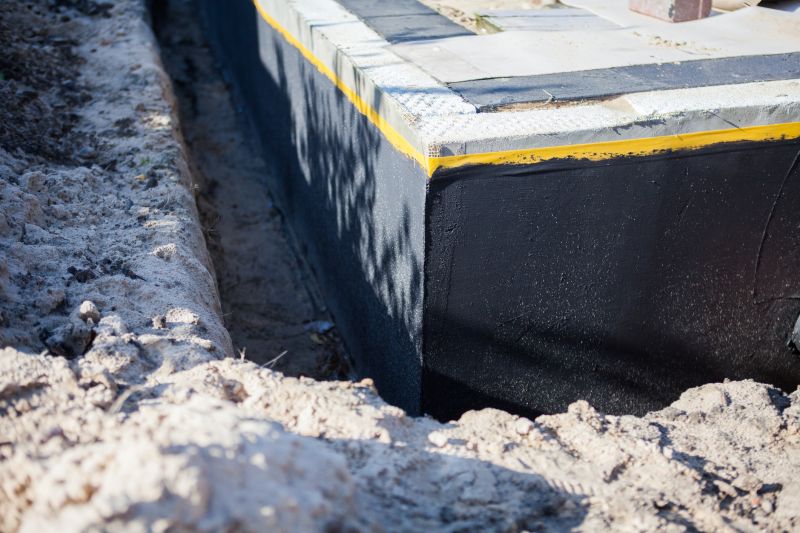
High-end options that actually feel worth it for Waterproofings.
Waterproofings are essential for protecting structures from water damage, which can lead to mold growth, structural deterioration, and costly repairs. Effective waterproofing involves applying specialized materials to surfaces such as foundations, roofs, and walls to create a barrier against moisture penetration.
Statistics indicate that waterproofing can extend the lifespan of a building by preventing water-related issues. Properly applied waterproofing systems reduce maintenance costs and improve energy efficiency by preventing leaks and drafts. The choice of waterproofing method depends on the surface, climate, and specific environmental conditions.
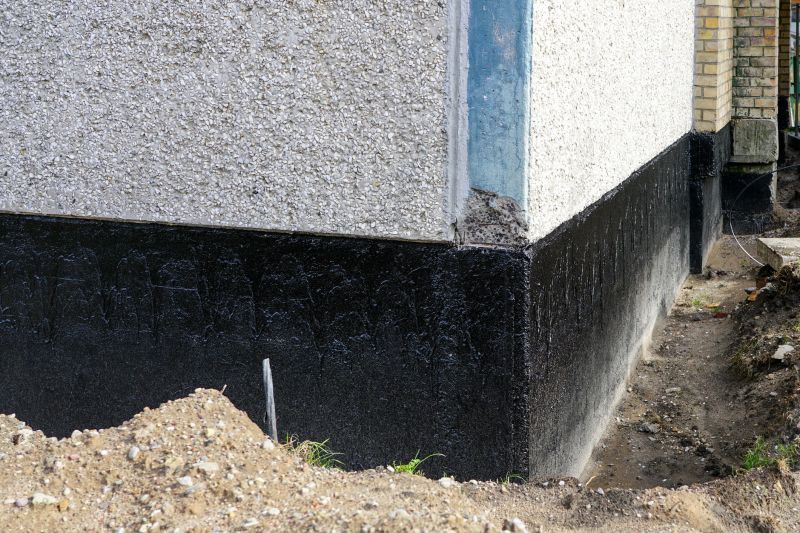
Finishes and colors that play nicely with Waterproofings.

Little measurements that prevent headaches on Waterproofings day.

A 60-second routine that keeps Waterproofings looking new.
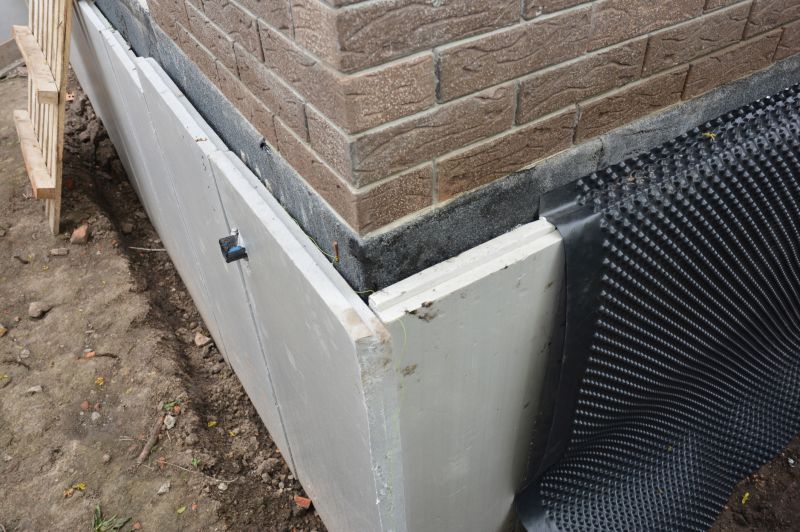
A frequent mistake in Waterproofings and how to dodge it.
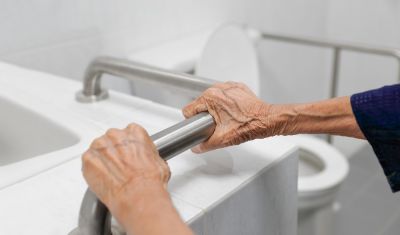
Small tweaks to make Waterproofings safer and easier to use.
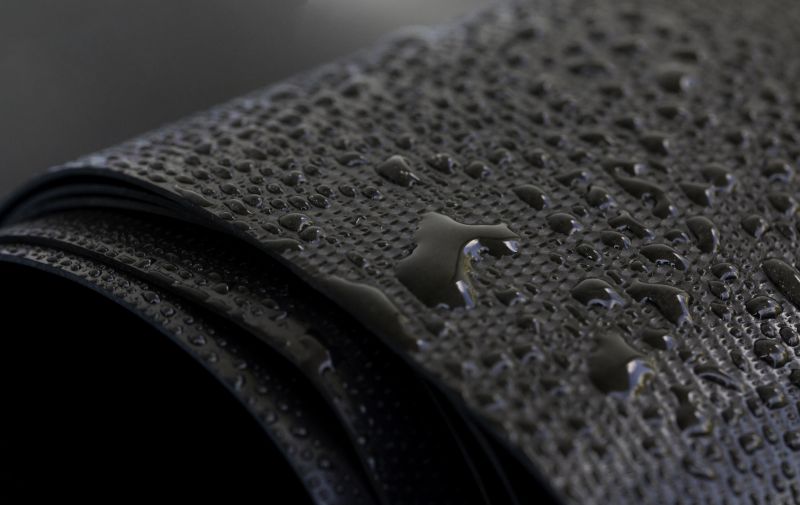
Lower-waste or water-saving choices for Waterproofings.
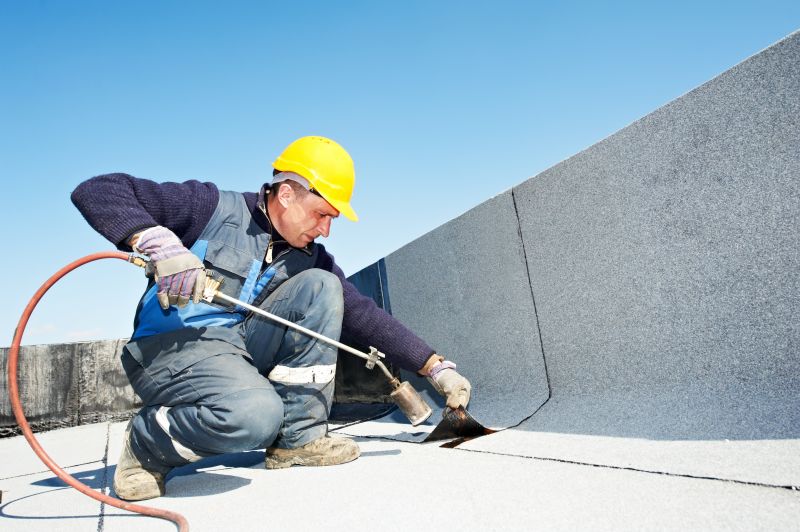
The short, realistic tool list for quality Waterproofings.
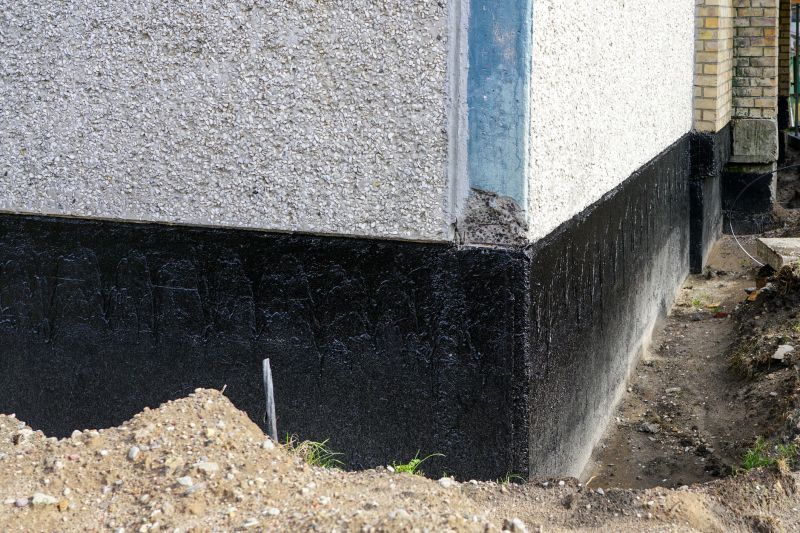
Rough timing from prep to clean-up for Waterproofings.

Quick checks and paperwork to keep after Waterproofings.
| Season | Optimal Conditions |
|---|---|
| Spring | Temperatures between 50°F and 70°F with low humidity |
| Summer | Warm temperatures with dry weather, avoid peak heat hours |
| Fall | Cooler temperatures with minimal rainfall |
| Winter | Avoid freezing temperatures and snow conditions |
| General | Dry, mild weather with no rain for at least 24 hours |
For those interested in waterproofing services, filling out the contact form provides an opportunity to discuss specific needs and schedule applications during the most suitable season. Proper timing ensures maximum effectiveness and durability of waterproofing systems.

